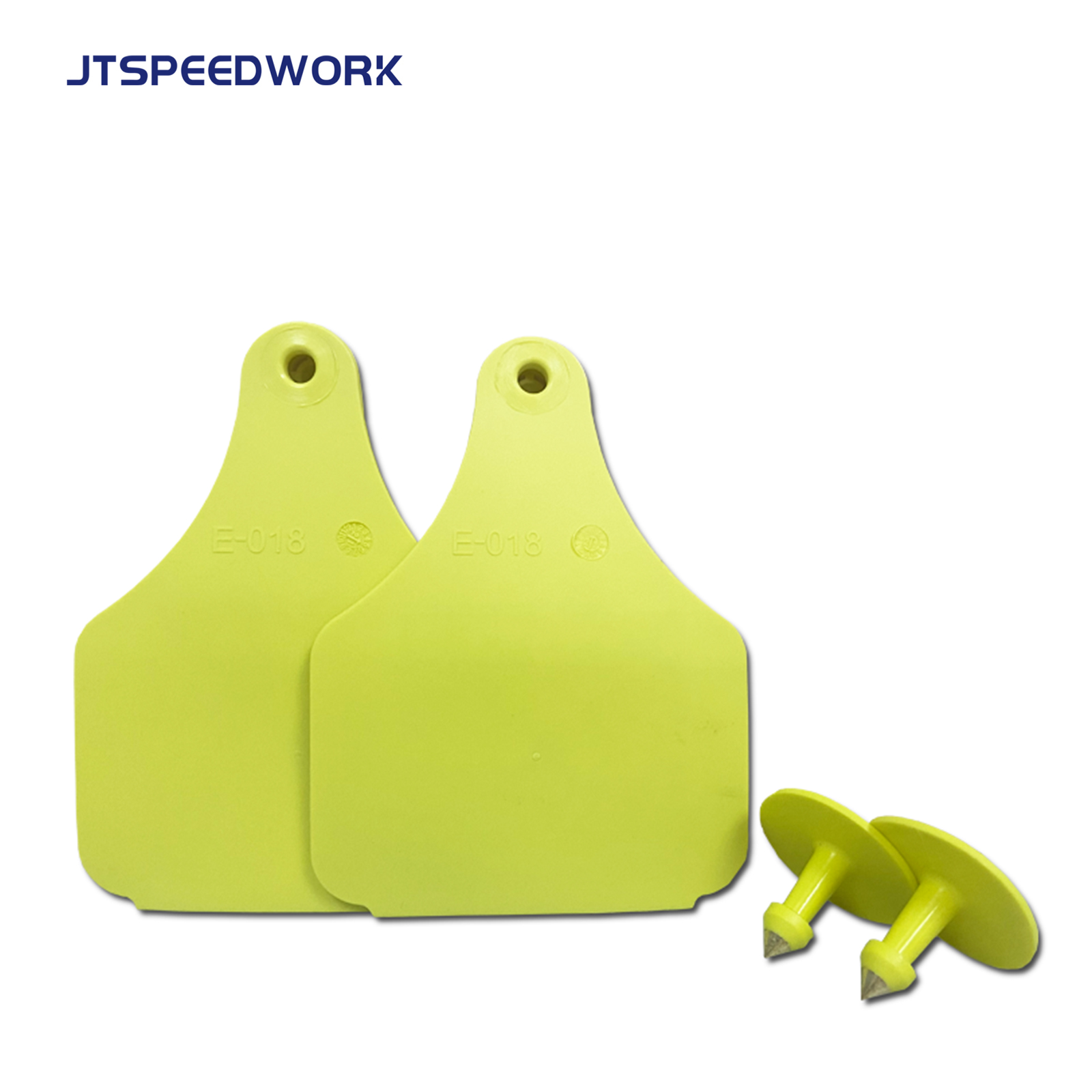Tagging the Future How RFID Revolutionizes Livestock Management
RFID (Radio Frequency Identification) technology is increasingly being applied in modern livestock farming, particularly in animal identification and tracking. By using RFID, farmers and ranch managers can efficiently manage large herds, improve management efficiency, and ensure animal health and safety.
RFID Readers and Tags Frequency Bands
In livestock farming, commonly used RFID tags and readers operate mainly in two frequency bands: Ultra-High Frequency (UHF, 860-960 MHz) and Low Frequency (LF, 125-134.2 kHz). Each frequency band has its specific advantages, disadvantages, and application scenarios:
- Ultra-High Frequency (UHF): UHF RFID tags and readers have a longer reading range (typically between 1-12 meters), making them suitable for use in open pastures. This frequency band allows for remote identification and data collection without disturbing the animals, which is ideal for managing large herds.
- Low Frequency (LF): LF RFID tags and readers have a shorter reading range (usually within 10 centimeters), but they are less sensitive to interference from metal and water. This makes them suitable for applications such as livestock ear tags, where close-range reading is required. LF tags are widely used in livestock management due to their stability in harsh environmental conditions.
Working Principle of RFID Systems
An RFID system consists of tags, readers, and a backend management system:
- RFID Tags: Each animal wears an RFID tag, usually in the form of an ear tag. The tag contains a small chip and an antenna, with the chip storing a unique identifier and other data.
- RFID Readers: Installed at various locations on the farm, readers emit radio signals. When an animal passes by, the tag receives the signal and responds with its ID information. The reader then receives and decodes this information, transmitting it to the backend system
- Backend Management System: The system stores and analyzes the data collected by the readers. Farmers can use software to view and manage information for each animal, such as birth date, health records, and vaccination history.
Advantages
The application of RFID technology in animal identification and tracking has numerous advantages:
- Accuracy and Efficiency: Traditional manual record-keeping methods are prone to errors and time-consuming. RFID systems automate data collection and management, reducing human errors and improving management efficiency.
- Real-time Monitoring: RFID readers can collect and update animal information in real-time, allowing farmers to promptly understand the status of each animal and take necessary actions, such as isolating and treating sick animals.
- Convenience and Safety: With RFID technology, farmers can obtain information about each animal without close contact, reducing operational difficulty and safety risks.
- Traceability: RFID systems record detailed information for each animal, enabling full traceability from birth to slaughter. This aids in quality control and market regulation, increasing consumer confidence in products.
- Scalable Management: For large-scale farms, RFID technology makes managing large numbers of animals feasible. Farmers can easily track thousands of animals, ensuring each one receives appropriate attention and care.
In summary, the application of RFID technology in livestock farming not only enhances management efficiency but also ensures animal health and safety. It holds great promise and offers significant economic benefits.
